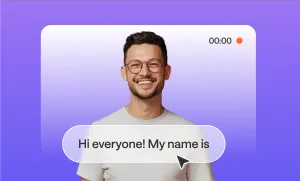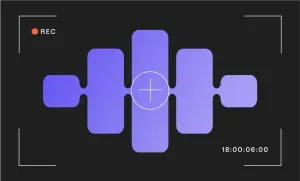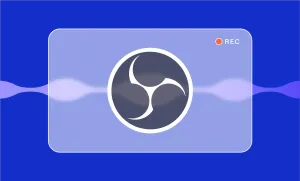There’s something strange that happens when you’re watching someone speak directly to you, but their eyes keep drifting just a little to the side. It creates this tiny disconnect, like the speaker is talking at you instead of to you, and it can pull the viewer out of the moment before they’ve even realized why.
This is why correcting eye contact matters. If the speaker isn’t looking at you, the message just doesn’t land the same way. But correcting that used to require complicated tools or editing work that felt out of reach unless you had a background in video production.
That’s where Podcastle’s Eye Contact Correction comes in. It’s an AI-powered tool built right into the platform’s Video Editor, and it does exactly what it sounds like it does: it adjusts the speaker’s gaze so it appears like they’re making direct eye contact with the camera.
Here's how you can use this AI tool to fix the eye contact in your video in just one click.
Table of Contents
– How to Fix Eye Contact in Podcastle in 3 Steps
– Tips When Using AI to Fix Eye Contact in Video
– Why Eye Contact Feels So Personal on Camera
– The Psychology of Eye Contact
How to fix eye contact in Podcastle in 3 steps
Correcting eye contact in Podcastle is surprisingly straightforward, especially if you’re already using the platform to record or edit your videos. Here’s how to do it step by step.
Step 1: Open the Video Editor and upload your footage
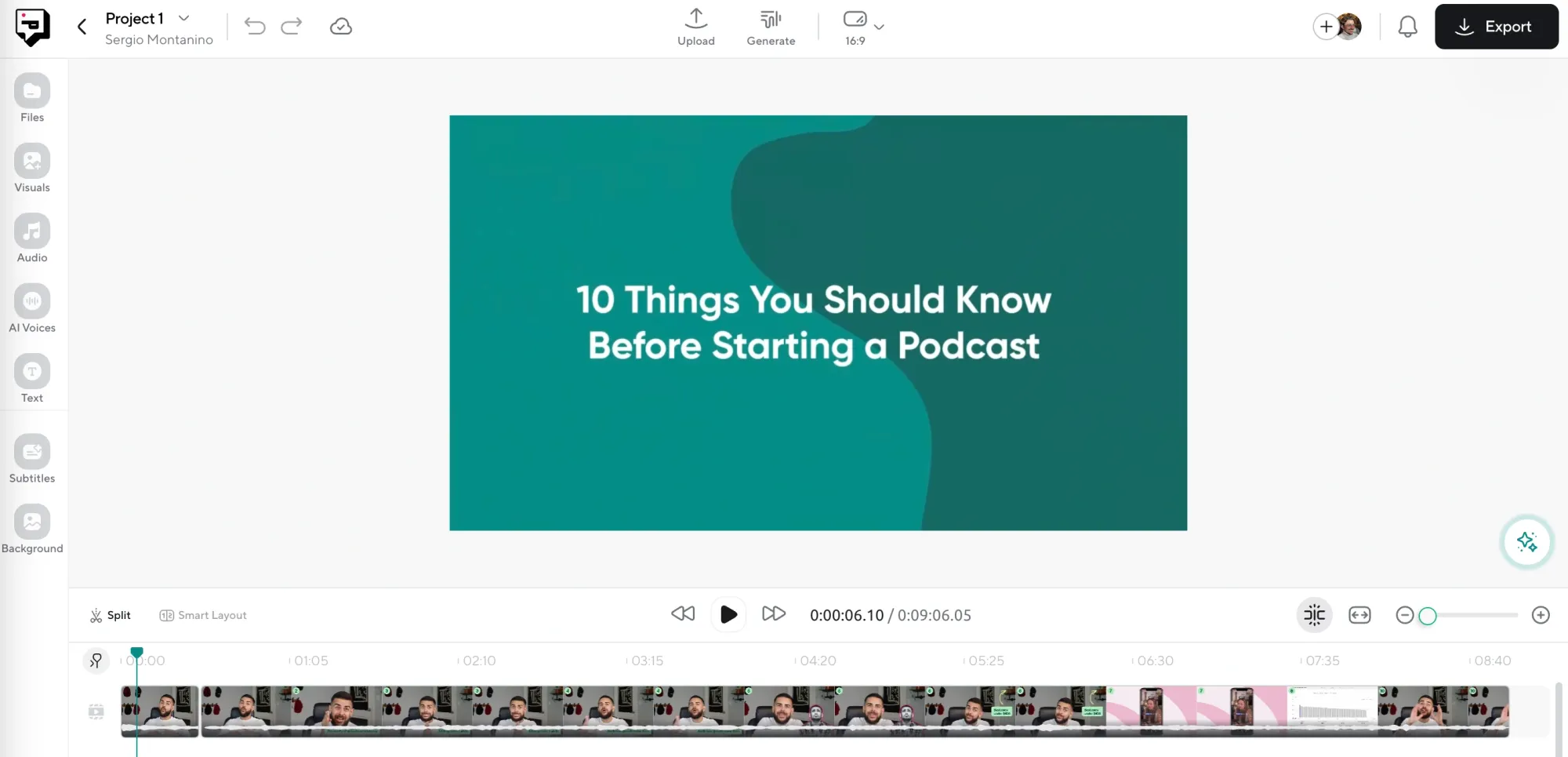
First, open up Podcastle and head into the Video Editor. From there, you can drag and drop your footage directly into the project or upload it using the file browser. It doesn’t matter if you filmed it on your phone, a webcam, or a DSLR—as long as the person’s face is clearly visible, the tool can do its job. Once the upload is complete, the video will appear on your timeline and you’ll be ready to start editing.
Step 2: Click on AI Assistant and choose “Eye Contact”
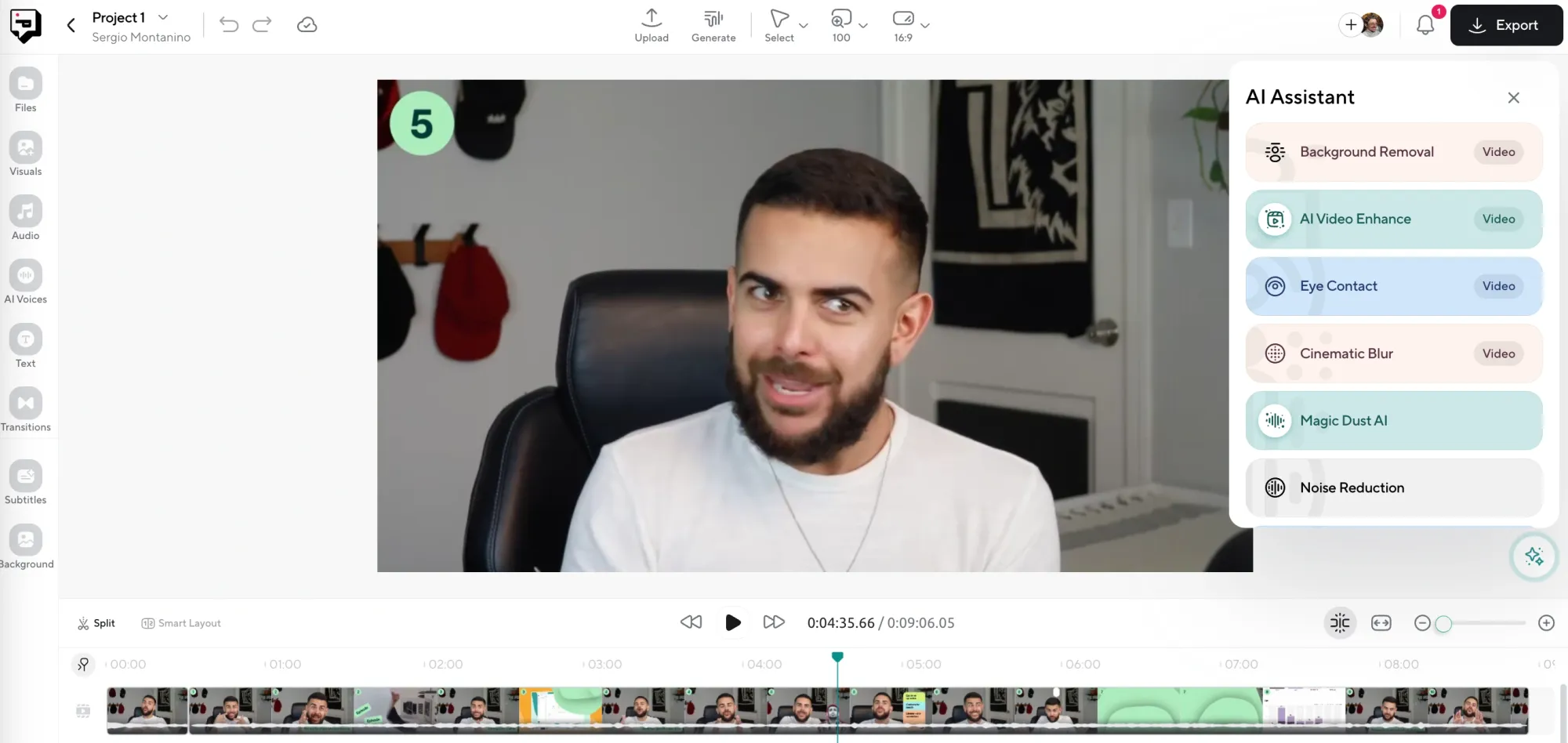
Now that your footage is in place, go to the AI Assistant tab in the editor sidebar. From the list of smart tools available, select the one labeled “Eye Contact.” Once you click it, Podcastle will automatically analyze the speaker’s face and adjust their gaze to simulate direct eye contact with the viewer. This usually takes just a few seconds, and you’ll see the changes happen right in the preview window.
Step 3: Make sure everything looks good and export
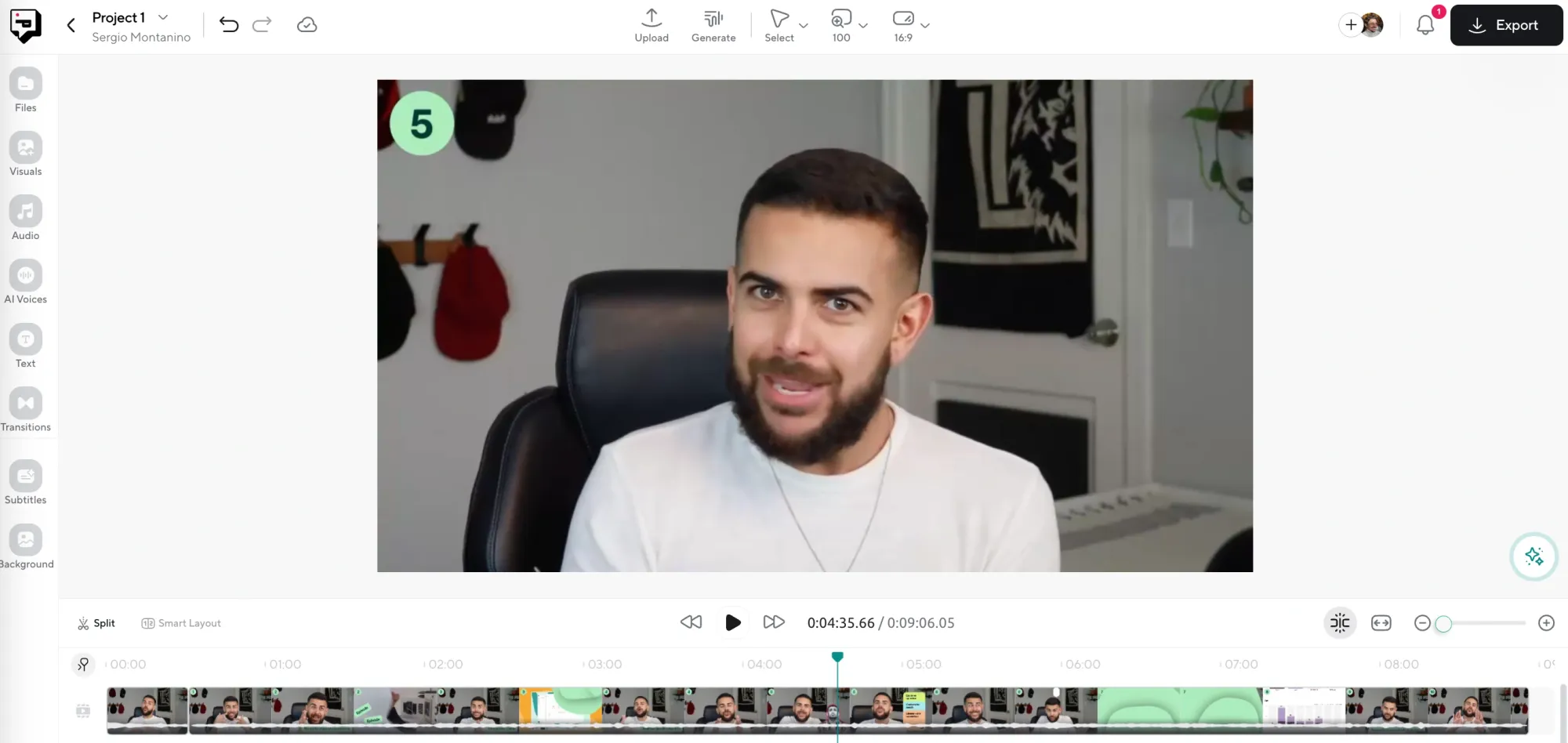
Before you export, take a moment to watch the edited video all the way through. Keep an eye on any parts where the original gaze was very far off, just to make sure the correction still looks natural and doesn’t feel overly stiff or robotic. If it looks good, you’re ready to export.
Tips when using AI to fix eye contact in video
- Good lighting helps the AI work better. If your original footage is grainy or too dark, the correction might not look natural. A simple ring light or soft lamp in front of your face can make a big difference.
- Don’t overdo the background visuals. While it’s tempting to fill the space with flashy images or motion, sometimes simple is better. The more the viewer focuses on you, the more effective the eye contact will feel.
- Use test exports. If you’re applying several changes at once, like background swaps and eye correction as it can help to export a short clip to preview how everything looks before rendering the full video.
Why eye contact feels so personal on camera
Most people don’t even notice when they break eye contact during a recording. Sometimes they’re reading from notes. Sometimes they’re looking at someone off-screen. Other times, they’re simply not sure where to look because they’re filming themselves using a laptop or phone. That’s completely normal. But for the viewer on the other side, it creates a subtle sense of distance.
Direct eye contact feels personal. It holds attention. It helps the viewer feel like the speaker is confident, prepared, and speaking with intention. In a professional setting, that can increase trust. In a personal or creative one, that can increase connection. So being able to correct eye contact after the fact—without needing to reshoot or heavily edit anything—is one of those small changes that can have a real impact.
The psychology of eye contact
There’s a reason eye contact feels so personal, even when it’s happening through a screen. At its core, eye contact creates a moment where attention and intention meet. When someone looks directly into the lens, the viewer feels seen, and that tiny moment can quietly build trust, even if it’s happening across thousands of miles.
It creates a physical response
Researchers have been studying the effect of eye contact for years, and the science backs up what most people already feel instinctively. In one study published in Frontiers in Psychology, researchers found that when people made direct eye contact, it triggered a physical response in the body—a measurable spike in arousal, like the nervous system waking up and paying closer attention. That response doesn’t happen when someone is looking away or off to the side.
It syncs people up
Other studies have gone even deeper, showing that eye contact can actually sync up brain activity between two people. That means when someone looks you in the eye while speaking, your brain may start to mirror their rhythm in a way that makes communication feel easier, smoother, and more aligned. One paper from George Mason University pointed out how rare these moments of real gaze have become in the digital world, and yet how important they still are when it comes to building empathy and making a message feel genuine.
It guides the listener
Even short bursts of eye contact can have a surprising effect. A team at McGill University found that when people made eye contact—even for less than 4% of the time during a conversation—it still had the power to shift attention and guide behavior. In their study, the moment someone made eye contact, the other person was more likely to follow their gaze afterward, showing how even a quick glance can steer the way someone listens or responds.
For creators, this kind of research matters because it gives weight to something that often feels like a small detail. Fixing your eye contact in a video might seem like a minor polish at first, but it turns out to be one of the fastest ways to make your message land more naturally, feel more direct, and hold someone’s attention just a little longer. And when you’re working with a tool like Podcastle that can help you adjust that in seconds, it becomes less about fixing a mistake and more about taking the time to connect better.
So, who actually needs this?
Anyone creating content where trust or connection matters. If you’re a coach sending personalized videos, a business owner pitching on camera, a teacher recording lessons, or a content creator filming interviews or monologues, correcting eye contact is one of those subtle tweaks that can make the final video feel more polished and intentional. It shows that you cared enough to fine-tune the details without making it look overly produced.
And sometimes that’s all a viewer needs: to feel like someone’s talking to them, not performing at them. When that eye line hits just right, everything else feels easier to believe.
Final thoughts
Correcting eye contact might sound like a small thing at first, but once you watch the finished video and notice the speaker’s eyes drifting even slightly away from the viewer, it starts to feel like something’s missing. Like the message is there, but the connection didn’t quite land.
Tools like Podcastle make it easier to go back and fix that without needing to reshoot or bring in a professional editor, and that matters more than most people realize. When someone watches a video where the speaker is clearly looking right at them, it creates a sense of presence that’s hard to fake and even harder to replace with clever editing or flashy visuals. It makes the video feel more intentional, more trustworthy, and more grounded in real communication rather than just polished performance.
And in a world where most people are overloaded with content, often half-listening while doing something else, getting them to pause, even for a moment, and feel like someone is speaking directly to them is worth the effort.






